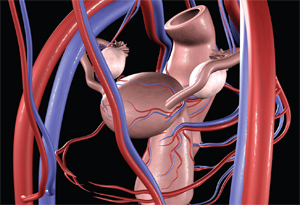Dr Hsiao-En Cindy Chen
BSc, MBBS
Intern, Hunter New England Network, NSW
A/Prof Chris Georgiou
BSc (Hons), PhD, MBBS, MRCOG,
FRANZCOG
A/Prof Obstetrics and Gynaecology
Consultant Obstetrician & Gynaecologist,
Illawarra Health and Medical Research
Institute, University of Wollongong
Cindy has a particular interest in genetics and she has been involved in various clinical research in prenatal diagnosis. Her medical interest lies in Obstetrics and Gynaecology and Family Medicine. In her spare time she enjoys playing the cello and the piano.
Chris is an enthusiastic teacher of Obstetrics and Gynaecology and encourages medical students (and junior doctors) to question their practice, challenge the dogmas of their speciality, and continually develop their clinical and surgical skills to best serve their patients.

